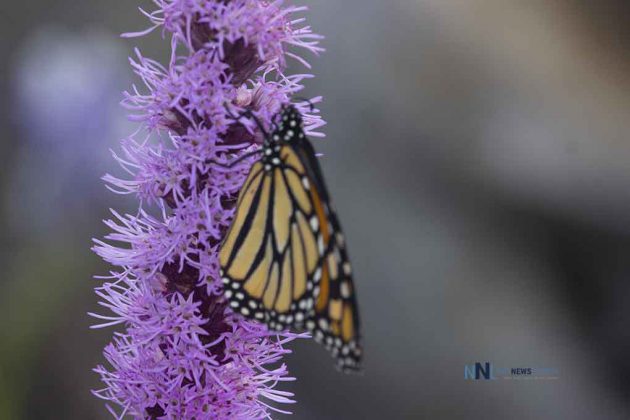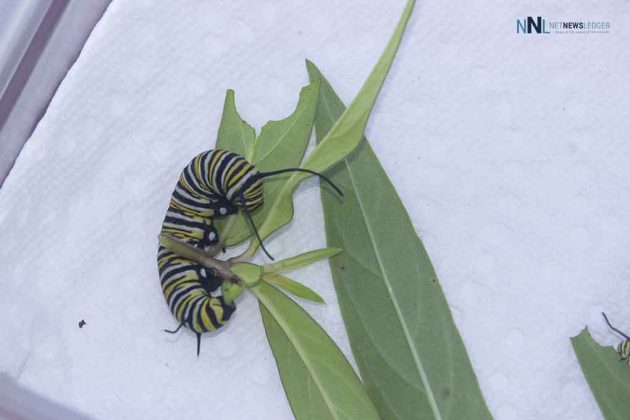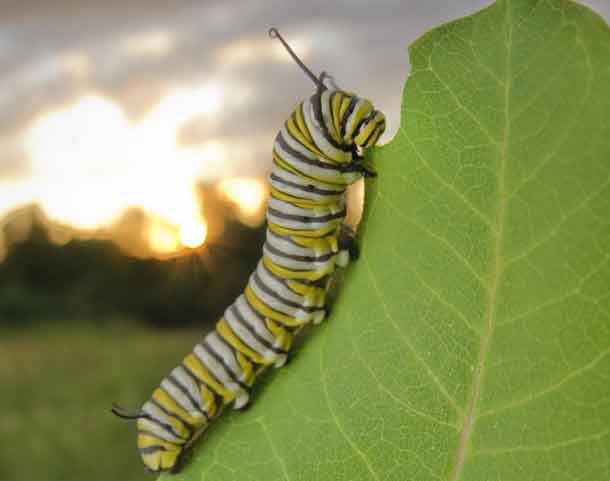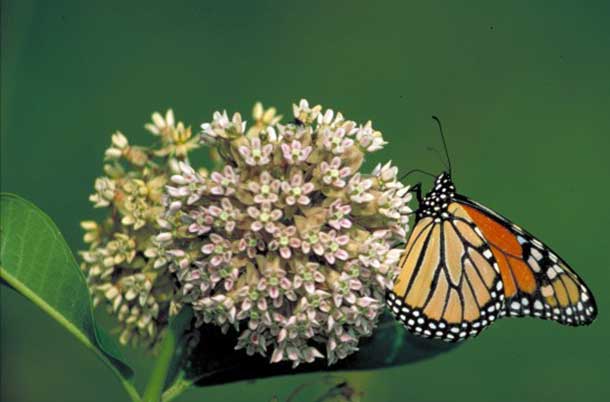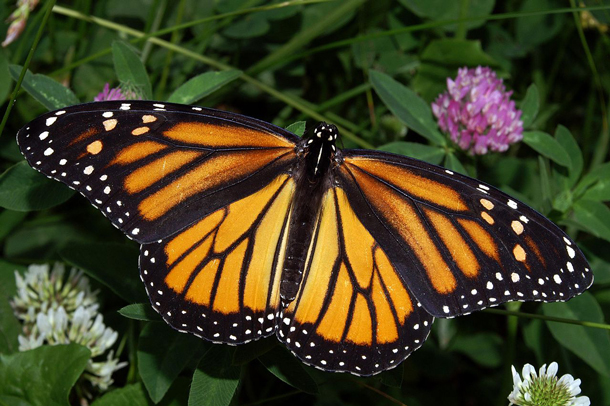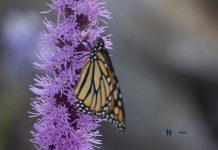MONTREAL – Environment – Join with thousands of volunteers in Canada, Mexico and the United States, from July 24 to August 2, 2020 for the 4th annual International Monarch Monitoring Blitz (the Blitz). With limited ability to do fieldwork due to COVID-19 restrictions, researchers need your observations now more than ever.
In Thunder Bay, Dan Fulton and the Urban Greenscapes program have been working hard to bring in habitat for Monarchs. You can check out the project at Urban Greenscapes on Facebook.
“We need a better picture of monarch distribution within its breeding range across North America, so every observation counts. Even if it’s from your own backyard,” said Alessandro Dieni, Mission Monarch Coordinator at the Insectarium/Montréal Space for Life.
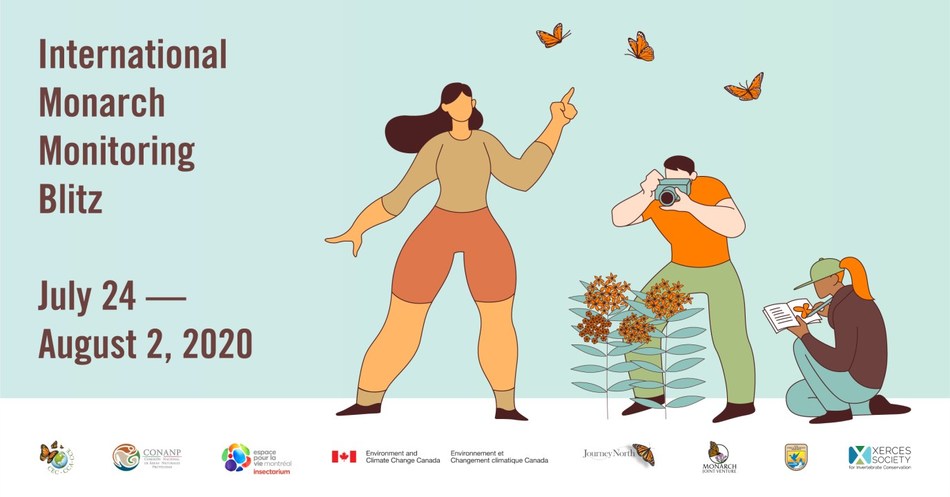
“Monarch butterflies are a flagship species for pollinator conservation in North America and a symbol of international cooperation. Join others who are helping to conserve their spectacular migration by contributing to the International Monarch Monitoring Blitz,” says Katie-Lyn Bunney, Education Coordinator at the Monarch Joint Venture.
For one week, the Blitz invites people across North America to look for milkweed plants and survey them for monarch eggs, caterpillars, chrysalises and butterflies. This information will help researchers identify priority areas for monarch conservation actions. Data gathered during the Blitz is uploaded to the Trinational Monarch Knowledge Network, where it is accessible for anyone to consult and download.
For this year’s Blitz, we feel compelled to underline that your well-being, and that of those around you, come first. Before participating in any activities, please look up and carefully follow the health and safety measures for COVID-19 recommended by the authorities in your region.
The Blitz is an initiative of the Trinational Monarch Conservation Science Partnership, created through the Commission for Environmental Cooperation (CEC). Through the Blitz, scientists from the Insectarium/Montréal Space for Life, Environment and Climate Change Canada (ECCC), Monarch Joint Venture, Journey North, the US Fish and Wildlife Service, the Xerces Society for Invertebrate Conservation, and Mexico’s Comisión Nacional de Áreas Naturales Protegidas(Conanp) are asking the public to help them understand monarch and milkweed distribution throughout North America.
OVERWINTERING STATISTICS
Monarch butterfly overwintering sites were first recorded by scientists in California over 200 years ago and in Mexico in 1975. Since then, the monarch has become an emblematic species for North America.
After an alarming decrease in its populations over the last 20 years, the eastern monarch population overwintering in central Mexico showed a significant increase in 2018. However, the population suffered a 53% drop last year when compared with 2018, remaining well below historic levels, which demonstrates that conservation efforts are still needed to attain a positive trend.
Meanwhile, the western monarch population, which breeds west of the Rocky Mountains and overwinters on the California Coast, continues to hover at less than 1% of its historic population size for the second year in a row. Public participation in community science programs on the West Coast is more important than ever to help understand and reverse this population’s dramatic decline.
FACTS ABOUT THE 2019 MONARCH BLITZ
Community science, also called citizen science and participatory science, is the process by which non-scientists contribute actively and voluntarily to research projects.
Here are some facts about the 2019 Monarch Blitz, a community science initiative:
- 1,436 participants across Canada, Mexico, and the United States
- 2,725 observations
- 59,176 milkweed plants monitored
- 32,883 monarchs observed
- 12,708 eggs
- 14,164 caterpillars
- 538 chrysalises
- 5,506 butterflies
FACTS ABOUT THE MONARCH
- Monarch butterflies weigh less than a gram.
- There are two recognized migratory routes in North America: eastern and western.
- Migration covers 3,000-5,000 km (2,000 to 3,000 miles) that span over three countries.
- The eastern migratory population has declined by more than 80% in 20 years.
- The western population has declined by 99% since the 1980s.
- Everyone can help the monarch by participating in community science, creating monarch-friendly habitats, and spreading the word.
BLITZ COLLABORATORS
The Blitz is an initiative of the Trinational Monarch Conservation Science Partnership, which includes the following organizations:
Comisión Nacional de Áreas Naturales Protegidas
The National Commission of Natural Protected Areas (Conanp) is an agency of the federal government of Mexico in charge of the administration of the protected natural areas. @GobiernoMX
US Fish and Wildlife Service
The US Fish and Wildlife Service is a leader in fish and wildlife conservation, known for its scientific excellence, stewardship of lands and natural resources. @USFWS
Insectarium/Montréal Space for Life
The Montréal Space for Life Insectarium is the largest museum in North America entirely dedicated to insects, immersing humans into the insect universe. @EspacePourLaVie
Monarch Joint Venture
The Monarch Joint Venture is a partnership of organizations working together to conserve the monarch migration for future generations. @MonarchJV
Journey North
Journey North is an international citizen science project of the University of Wisconsin-Madison Arboretum that engages citizen scientists in a global study of wildlife migration and seasonal change. @journeynorth
Xerces Society for Invertebrate Conservation
The Xerces Society is a nonprofit organization that protects the natural world by conserving invertebrates and their habitat. @xercessociety
Science and Technology Branch – Wildlife Research and Landscape Science Directorate, Environment and Climate Change Canada
The Wildlife Research and Landscape Science directorate is a national leader on research investigating the impacts of toxics and human activity on wildlife, including the mechanisms resulting in population declines of species at risk. @ECCCSciTech / @LandSciTech
About the CEC
The Commission for Environmental Cooperation (CEC) was established in 1994 by the governments of Canada, Mexico and the United States through the North American Agreement on Environmental Cooperation, a parallel environmental agreement to NAFTA. As of 2020, the CEC is recognized and maintained by the Environmental Cooperation Agreement parallel to the new Free Trade Agreement of North America. The CEC brings together a wide range of stakeholders, including the general public, Indigenous people, youth, non-governmental organizations, academia, and the business sector, to seek solutions to protect North America’s shared environment while supporting sustainable development for the benefit of present and future generations. Find out more at www.cec.org.
CEC is governed and funded equally by the Government of Canada through Environment and Climate Change Canada, the Government of the United States of Mexico through the Secretaría de Medio Ambiente y Recursos Naturales, and the Government of the United States of America through the Environmental Protection Agency.

